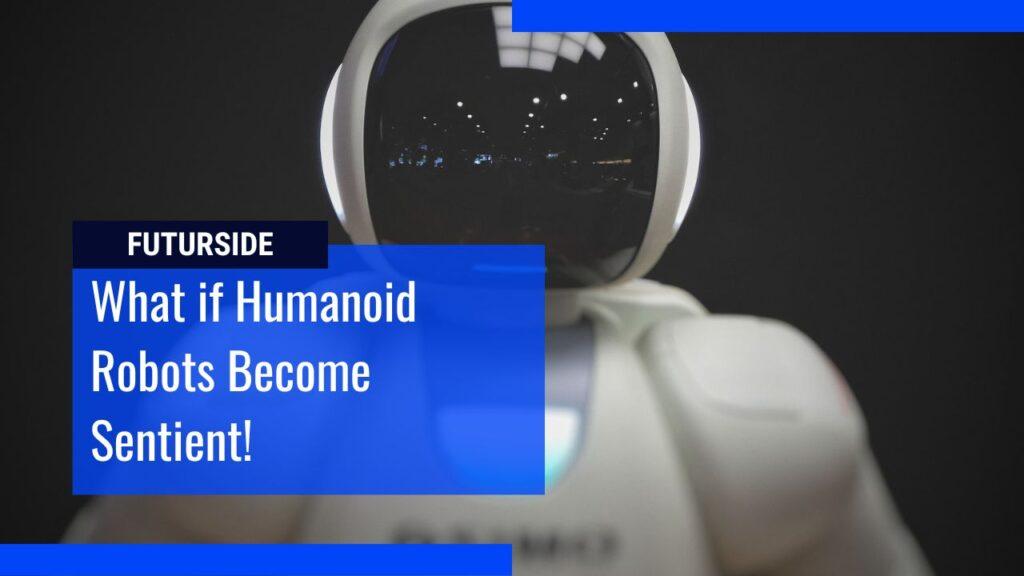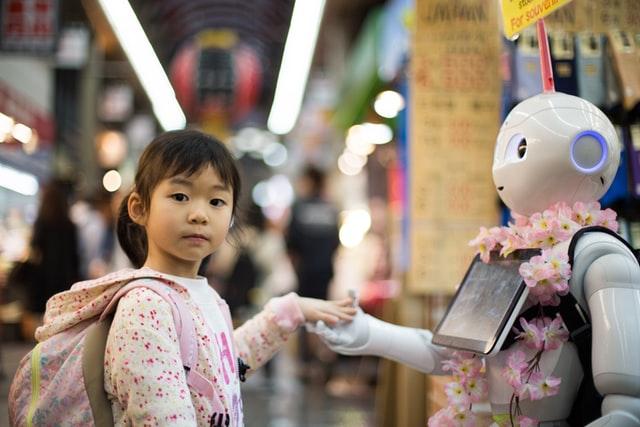A humanoid robot is a robotic machine with human characteristics. Most of them have two arms, two legs and a head. Some have multiple legs and can move around at a speed of 7.08 kilometers per hour.
A humanoid is a robot that mimics a human’s actions. These robots can be programmed to do various tasks and can be designed for different purposes. They can perform complex functions and can mimic human movements such as singing or dancing.
The main difference between humanoids and other robots is that they are intelligent and prompt with their decisions. They are capable of performing a variety of tasks and can be programmed to adapt to any environment.
This kind of technology is changing our world and is making it possible for humans to interact with machines in a safer and more efficient way. These robots can carry out any task and they can be programmed to learn and do as much as possible.
It can perform dangerous rescue operations, help people in need and be a good companion to humans. The development of humanoid robot technology is constantly improving and deployment is increasing.
The technology behind these robotics is already being used for a wide range of applications, from education to entertainment to disaster relief in power plants. They are designed to perform specific roles in the world.
They are also used to ensure the safety of factory workers and elderly people. These machines are more powerful than a human and they are designed to be autonomous, which means that they can take on any job. Research into humanoid robotics has made significant progress in recent years.

Contents
Impact of humanoids
Robots are becoming increasingly important as they can automate many jobs and tasks. As a result, humans can become free of dangerous and routine tasks and can devote more time to helping others. Humanoids could even replace humans in some jobs such as rescue operations and compassionate care.
As technology continues to improve, the demand for these robots will continue to rise. Humanoids have complex physical embodiments and environments. To achieve full autonomy, they will need to incorporate the latest perceptual technologies.
Compound actuators and more advanced software will allow these androids to be more responsive to their environment. The next step in humanoid development is industrial humanoids. Their ultimate applications lie in disaster response and large-scale manufacturing.
In confined spaces, humans are forced to perform repetitive tasks that can cause physical disorders. In such cases, human workers can be relieved of these duties and focus on more intelligent activities.
While these machines can be useful, humanoids are still a novelty. Its main use in the future is to enhance our quality of life and help us save lives. Humans can live better and longer. And these robots can also do important things such as drive cars and assist with medical tasks.
In the future, they can become professionals in society by assuming different roles. Besides assisting in our daily lives, a humanoid robot can also help us test new devices and products in the real world.
These robots can move and use tools that humans use. Hence they can be used as personal assistance and could help people with different tasks. They could also help elderly people with daily tasks and help children with education. They could be used as companions for children and even as assistants for the disabled.
Future of humanoid
Industrial humanoids are becoming increasingly popular. In addition to disaster response and mass production, they are being developed for use in large-scale manufacturing.
In the manufacturing sector, workers must endure repetitive postures that are harmful to their health. Once a humanoid robot replaces a human employee, it will free up the worker’s time to focus on more intelligent tasks.
Although these robots are not yet ready for use in society, they raise ethical questions about the future of humanity and how we view humanoid robots. While the shape of humanoids excites our natural tendency toward anthropomorphism, the artificial intelligence found in android robots pushes this even further.

While the future of these robotic humans is unknown, we can speculate about the future role of humanoids in society. In the meantime, research is advancing toward the creation of robots that look as natural as humans do.
In the near future, androids could replace humans in certain tasks. Researchers are already developing robotic assistants that can help nurses and doctors perform their jobs. This technology is just the beginning, in the years to come, humanoids can become widely available.
The goal of this development is to improve human life by improving resource management and minimizing risks associated with potential exposures to diseases. While the creation of humanoid robots has many advantages, these machines raise ethical issues as well.
Their ability to imbue humans with feelings and relationships may be detrimental to humans. As such, it is necessary to make sure that these robots behave responsibly and are safe for human interaction. This technology will revolutionize the way we live.
There are no limits to robotics potential in our society. The future of humanoids in society is a hot topic in many fields of research. Several issues need to be solved before these robots can become widely used.
For instance, the next generation of industrial robots must be able to work with humans. There are many reasons for this. Firstly, they need to be adaptable to their environments and they should not be insensitive.
The Japanese and Korean governments are actively promoting the development of android robots. The two nations are supporting the Humanoid Robotics Project, a five-year project involving research on humanoid robotics.
The project examines five possible scenarios for these robots. They include maintenance work in industrial plants, driving construction machines, security service at home, health care and cooperative works in the open air.
The future is bright and human-like robots will replace the robots that we use today. It will be our new home, workplace, and best friend. And it will also take over our responsibilities and become more like us.
It is important to note that the humanoid has already influenced the productivity of many industries. While the concept is still relatively new, scientists are working on ways to make these robotic companions more real.

0 Comments